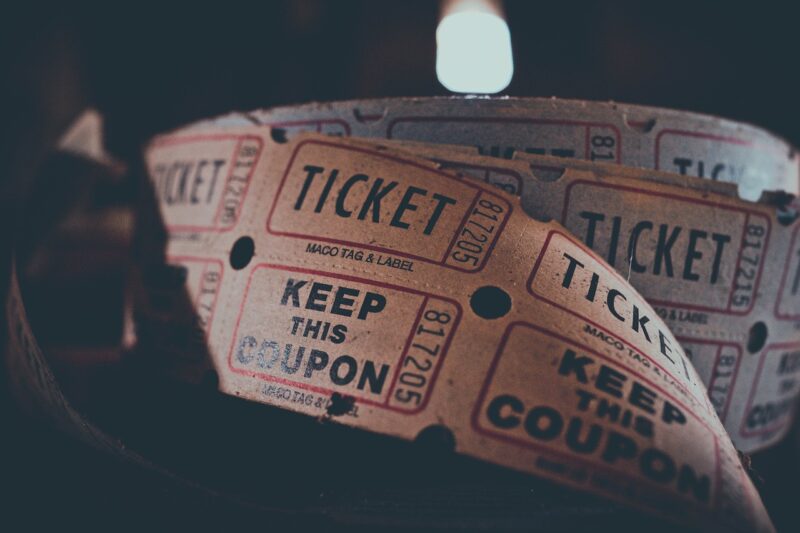
Romance films have long captured the hearts of audiences around the world, offering a blend of drama, emotions, and intertwining narratives that resonate with the human experience. Over the decades, the genre has transformed significantly, reflecting changes in societal norms, technological advancements, and the evolving landscape of cinema itself. This article will explore the evolution of romance films in modern cinema, highlighting key trends, groundbreaking films, and the impacts of cultural shifts.
1. The Origins of Romance Films
The romance genre’s roots can be traced back to early literature, with themes often revolving around love and relationships. The transition to film marked a radical transformation of these narratives. The silent film era introduced audiences to romantic tales, with iconic stars like Mary Pickford and Douglas Fairbanks capturing emotions without the need for words. Classic films like “Gone with the Wind” and “Casablanca” set the stage for future romance films, marrying strong narratives with awe-inspiring cinematography.
As societal attitudes began shifting during the mid-20th century, romance films evolved to reflect changing values. The introduction of more complex relationships and deeper emotional engagement, as seen in films like “Breakfast at Tiffany’s” and “Roman Holiday,” resonated with audiences’ desires for relatable stories.
2. The Golden Age of Romantic Comedy
The late 20th century heralded the golden age of romantic comedies, characterized by witty banter, comedic circumstances, and endearing protagonists. Filmmakers like Nora Ephron and stars such as Meg Ryan and Tom Hanks delivered iconic romantic comedies that became staples of the genre. Films like “When Harry Met Sally” and “Sleepless in Seattle” not only entertained but also explored themes of friendship and love, providing audiences with a blend of humor and heart.
This era saw a defined formula for romantic comedies, often leading to predictable yet beloved outcomes. The chemistry between stars, combined with engaging plots that often involved misunderstandings and serendipitous encounters, became a formula for success. However, as the genre matured, filmmakers began to explore more diverse narratives beyond the traditional love story, opening the door for new interpretations of romance.
3. The Impact of Technology and Changing Narratives
The rise of the internet and mobile technology in the 21st century significantly affected the way romance films were crafted and viewed. Social media, online dating, and digital communication became central themes in modern romance, creating new avenues for storytelling. Films like “Her” and “Eternal Sunshine of the Spotless Mind” showcased technology’s impact on love and relationships, blending sci-fi elements with deep emotional narratives.
The accessibility of filmmaking tools has also democratized the industry, allowing indie filmmakers to explore romantic narratives that reflect a broader spectrum of experiences. Stories that incorporate LGBTQ+ themes, multicultural relationships, and non-traditional forms of love have gained greater visibility. Movies like “Moonlight” and “The Half of It” challenge stereotypes and present authentic narratives that resonate with a more diverse audience.
4. The Rise of Streaming Platforms
The emergence of streaming platforms has transformed the landscape of film distribution and consumption. Services such as Netflix, Hulu, and Amazon Prime have made romance films easily accessible, leading to a surge in production aimed at capturing the interests of a global audience. The genre has diversified with a plethora of options ranging from cheesy rom-coms to gripping romantic dramas.
Moreover, streaming services have fostered the development of mini-series and anthology formats that allow for deeper character exploration and more intricate storylines. Productions like “Normal People” and “Love Life” have broken traditional constraints, emphasizing character development over plot-driven narratives, offering viewers a rich experience that captivates both the heart and mind.
5. Social Issues Portrayed Through Romance
Modern romance films are increasingly weaving in social issues, making them relevant to contemporary audiences. Movies such as “The Photograph” and “Crazy Rich Asians” tackle themes of race, class, and gender dynamics within the context of love stories. These films are not merely escapist; they offer critical commentary on racial identity, familial expectations, and social norms through the lens of romance.
This trend towards incorporating social issues has paved the way for more thoughtful, nuanced portrayals of love that resonate deeply with viewers. romancing a broader array of themes adds layers of complexity, encouraging the audience to engage with the narrative on a more profound level.
Conclusion: The Future of Romance Films
As we look to the future, it’s clear that the evolution of romance films in modern cinema is far from over. The genre will continue to respond to the cultural zeitgeist, reflecting societal changes and advancements in technology. With indie filmmakers and diverse voices contributing to an evolving narrative landscape, romance films will likely become even richer in storytelling, offering a broader spectrum of emotional experiences.
Romance in cinema not only entertains; it mirrors the complexities of human relationships and our shared yearning for connection and understanding. As new stories emerge and old tropes are reimagined, audiences can expect a vibrant and continually evolving genre that remains relevant to the emotional core of our lives.
In summary, the evolution of romance films reflects broader societal changes and the creative vision of filmmakers. As long as people love and seek connection, the romance genre will continue to occupy a significant place in modern cinema.







